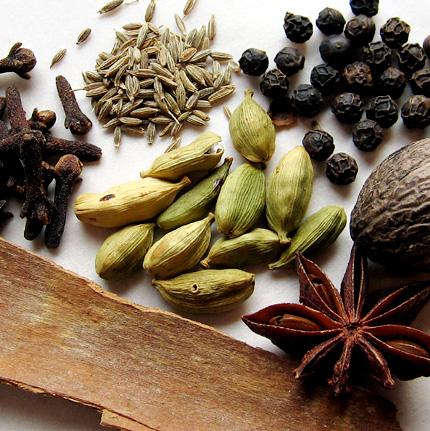
When the thought of healthy parts of a meal comes up, some common ideas may include any kind of vegetable, chicken, or possibly soup. The least common aspect would most likely be spices and herbs. They are used to add flavor to a dish, but what most may not know is that they can also be used to add nutritional benefits to meals.
In general, spices contain significant amounts of antioxidants, and they have anti-inflammatory properties and can help with weight loss. The top spices that are most beneficial to have in a diet are cinnamon, oregano, rosemary, turmeric, thyme, and ginger.
It is not certain how much of a spice or herb must be added to a meal to get enough of the nutrients, but as long as the diet is healthy overall, it adds a slight improvement no matter how little of a spice is used.
So, if you are at a loss of how to make your meal healthier while avoiding celery and other flavor-lacking foods, try adding spices. Cinnamon can be added to hot or cold cereal to get a bit of manganese, fiber, iron and calcium, while also lowering cholesterol and preventing cancer and blood clotting. Roast garlic until it’s soft and slightly blackened, and have a piece or two a day as often as desired to add a natural antioxidant and antibiotic to your diet, while managing blood pressure and cholesterol levels. To eliminate garlic breath, try eating a few walnuts afterwards to neutralize it. Sprinkle chives, dill or celery leaves on soups and stews.
To top off a meal, try crystallized ginger. It is a sweet treat with a bit of a bite to it, and it is loaded with antioxidants as well. Try all different types of spices, find which ones you like the most, and add them to as many meals as you can. It is not only nutritious, but delicious as well.

